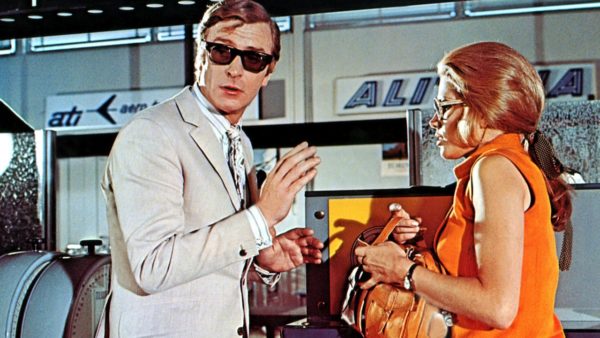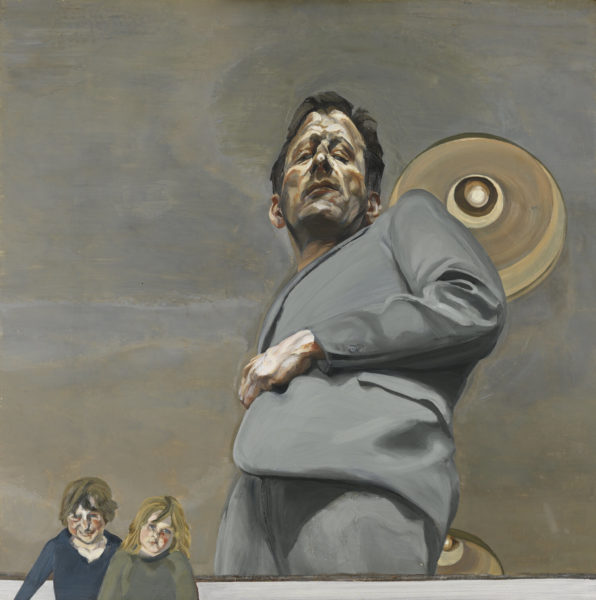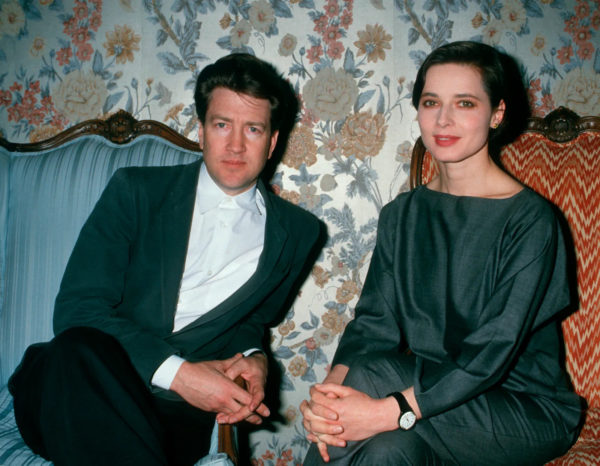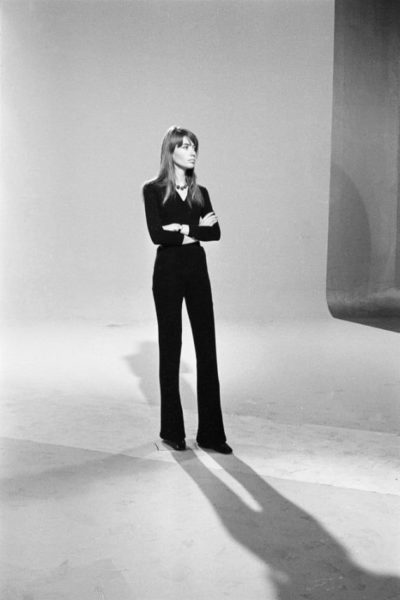Collars emerge in the Western world by the mid-15th century. They are then richly adorned and they quickly took extreme proportions, following the example of the well-known ruff from the second part of the 16th century.
In the 17th century, also known as the Enlightenment, men, as if they were echoing the philosophers’ new ideas advocating for a simpler life without artifice, began to wrap cravats around a simple rectangular and rigid fabric band. This forerunner of the modern tie made the collars less and less extravagant. By the end of the century, shirts weren’t considered underwear anymore — bound, by definition to never appear in public, and thus devoid of a visible collar.
During the 19th century, collars, getting higher and higher (up to 6cm) and increasingly uncomfortable, prompts their tips to be folded pointing outwards by the end of the century. At the same time, in 1871, button down shirts were invented : it is the advent of the modern shirt. The collar is then removable, an invention that came from the United States in order to facilitate washing. Hans Christian Andersen makes it the hero of his little-known short story The Shirt Collar.
In 1896, Brooks Brothers launched a button down collar model borrowed from polo players who attached their collars so that they wouldn’t hinder them during the game. This style is then adopted by Ivy League students and later by the Mods.
After the First World War, men are looking for more confortable clothes. The twenties youth wants to free itself from white, very high (up to 7 cm) and rigid detachable collars.
In the mid-twenties, collars are almost always attached to the shirt. Visually, however, the collar and the rest of the shirt are made of different fabrics and/or colours : uniformly coloured shirts are considered too informal. At the dawn of the thirties, shirts are finally made entirely from the same cloth, and in 1960, detachable collars completely disappeared with the emergence of washing machines.
The shirt collar is, according to Genevieve Antoine Dariaux, is the most delicate part of a garment’s construction — and they are given full attention : in literature, arts and social life, it is indeed through this detail that men have expressed their social status for centuries. As Madeleine Ferron wrote : “We judge a shirt by its collar and a man by his shirt.”

LANDRY, Bob, phot. GABLE, Clark. California, United-States. 1946.
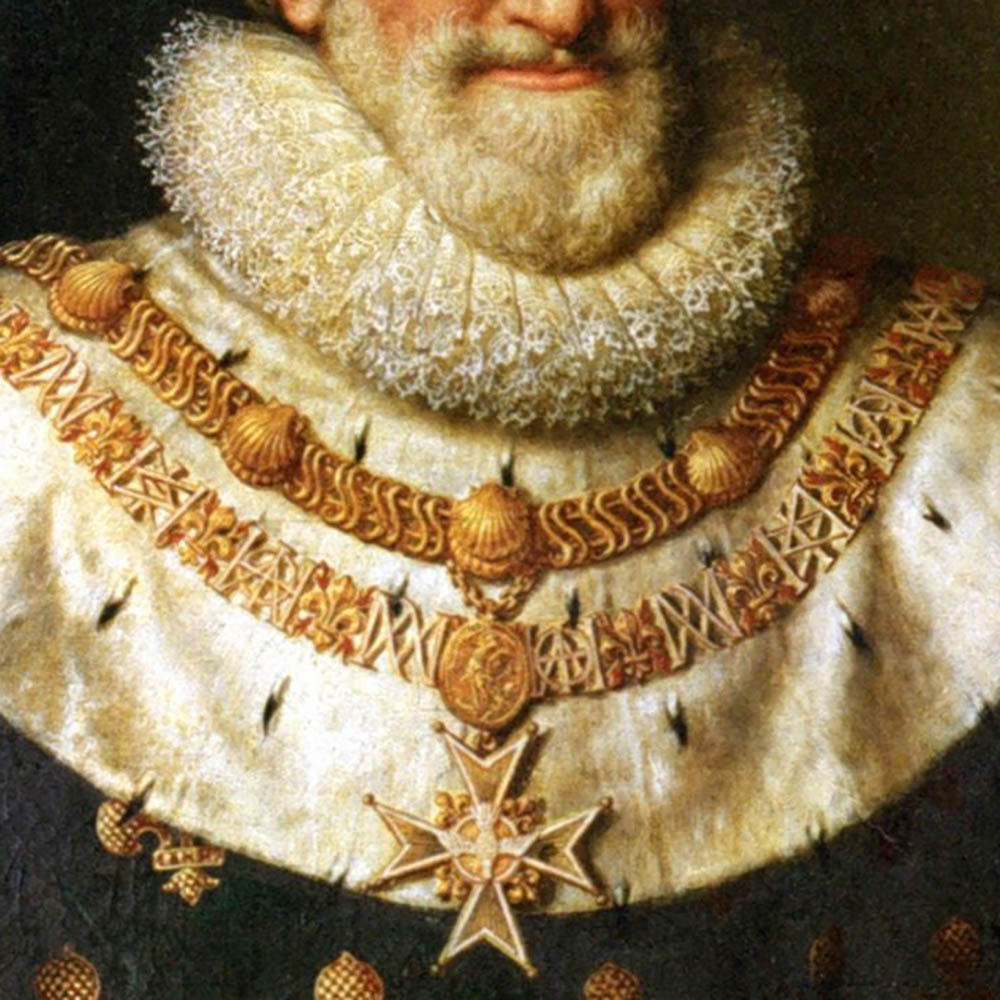
POURBUS, Frans, art. Portait of Henri IV. oil on wood, 43 x 28 cm. 1610.
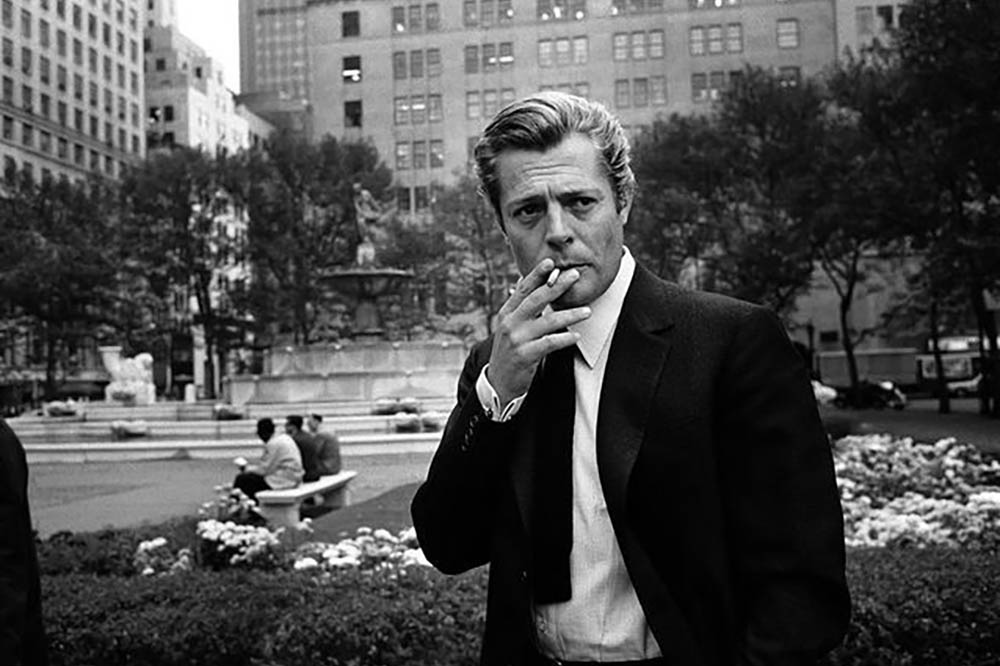
SCHAPIRO, Steve, phot. MASTROIANNI, Marcello. New York City, United-States. 1962.
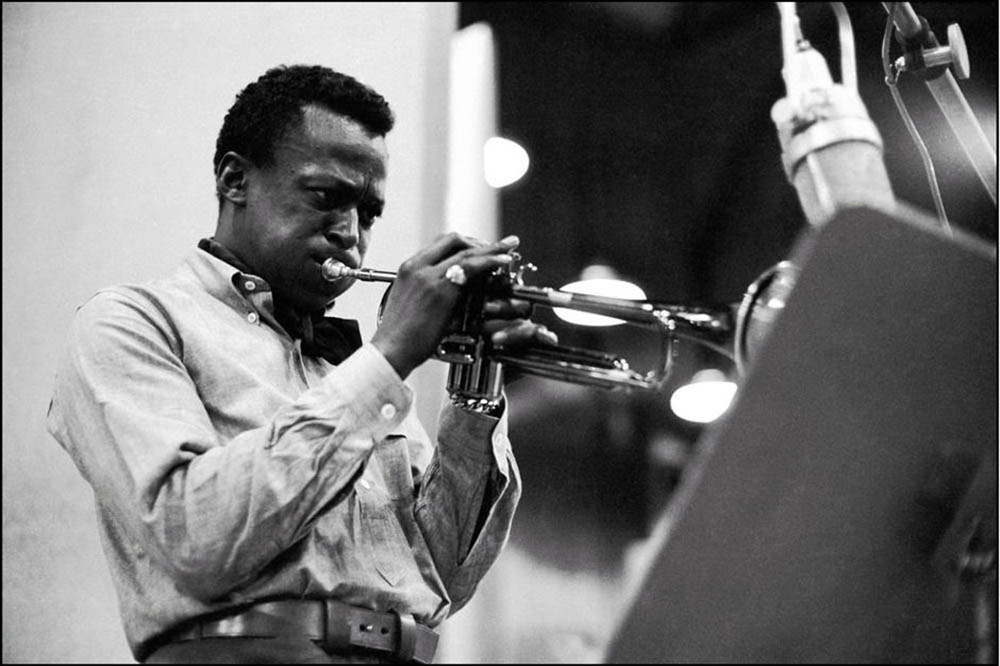
HUNSTEIN, Don, phot. DAVIS, Miles. Columbia, États-Unis. 1939.
- COTTON« Soft, but with weight. Relaxed, but never shapeless. It carries memory in its creases. »
- LUCIAN FREUD« from borrowed suits to bespoke tailoring, Freud’s fashion choices evolved with his art »
- DAVID LYNCH« The oddest of Americans, the most American of oddballs, Lynch was a man with a uniform. »
- THE FLARED TROUSER
